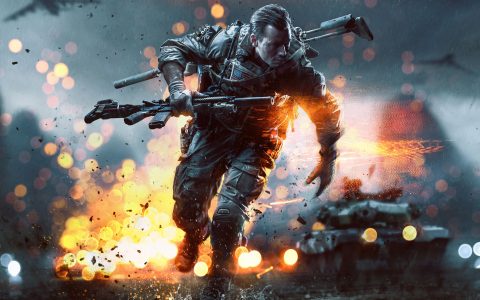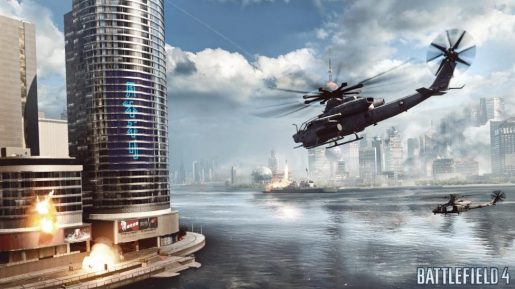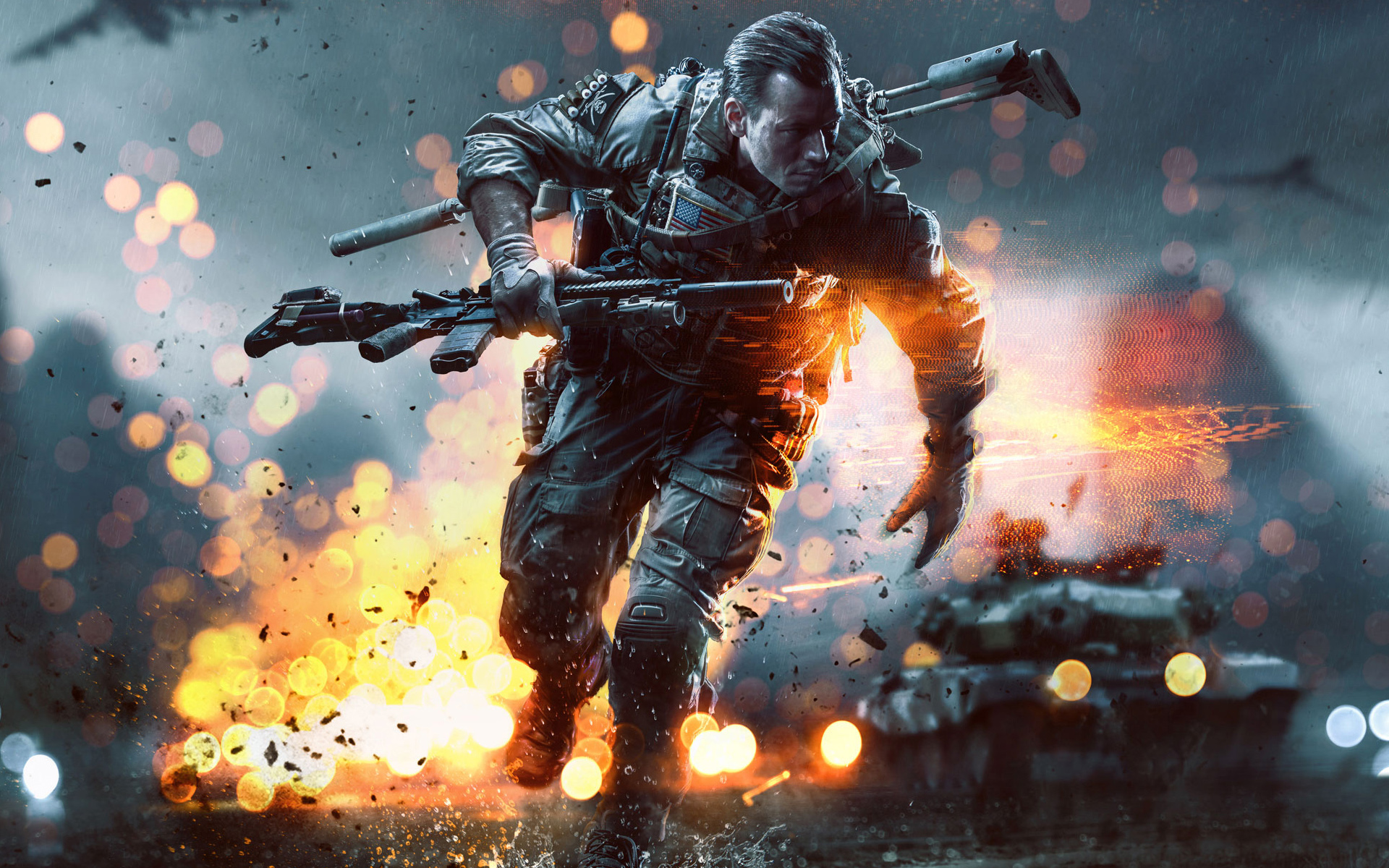 When the last entry of the Battlefield series was released, talk sprung up of how it might overthrow the Call of Duty series as the top first person shooter. Battlefield 3 came close, but still it wasn’t quite the dominating victory some had predicted. DICE have upped the ante by adding a number of new innovative ways to alter the course of a battle, none of which have ever been close to being executed in such stylish and polished perfection.
When the last entry of the Battlefield series was released, talk sprung up of how it might overthrow the Call of Duty series as the top first person shooter. Battlefield 3 came close, but still it wasn’t quite the dominating victory some had predicted. DICE have upped the ante by adding a number of new innovative ways to alter the course of a battle, none of which have ever been close to being executed in such stylish and polished perfection.
Let’s start off with something that splits gamers when it comes to similar titles: the campaign. Some miss them altogether; others finish them first before waging war online. It may be relatively short clocking in at around the 6 hour mark, but Battlefield 4’s campaign is full of entertainment that shouldn’t be missed. Learning from some mistakes from previous Battlefield titles, the plot is certainly an area of improvement, but other pitfalls haven’t been rectified. In a game where the multiplayer section is all about large battles, the single player can’t help but feel like a long linear corridor in comparison. If you can look past this and just take the experience as it comes, it is thoroughly enjoyable. However, those expecting something more similar to the multiplayer in terms of scale will be disappointed.
The controls are second nature to any first person shooter player when using the wide array of weaponry and vehicles. It is a shame to say that the controls for the air units are less deserving of praise. Once mastered, a pilot can destroy countless enemies with ease. The journey to becoming an ace pilot is fulled with numerous crashes though. In its defense, no game has ever really managed to master both effective and easy-to-use controls for aircrafts, meaning Battlefield 4 fails in the same ways as its competition. Containing the same flaws doesn’t raise the bar, but at least it doesn’t try to be revolutionary and fail to get off the ground completely.
 The maps have all been thoughtfully designed with distinctive differences and unique themes which set the mood for each location. None are too different so that they stand out for being too exaggerated, but they are all memorable. The best by far, being a fan of James Bond, is the Rogue Transmission map with its huge satellite dish, akin to that seen in Goldeneye. As with all the maps, it is well balanced and allows players to enjoy their own play style, be it long range sniping or close quarter shoot outs. Some maps are designed to suit one play style, but this is mostly to add variety rather than to stop gamers from doing as they wish. The way matches unfold also drastically affect which classes are most important with no two matches every being a carbon copy of the last. In one match, a sniper could be keeping players from capturing a location yet in the next game the sniper may not even make it to his, or her, favorite spot.
The maps have all been thoughtfully designed with distinctive differences and unique themes which set the mood for each location. None are too different so that they stand out for being too exaggerated, but they are all memorable. The best by far, being a fan of James Bond, is the Rogue Transmission map with its huge satellite dish, akin to that seen in Goldeneye. As with all the maps, it is well balanced and allows players to enjoy their own play style, be it long range sniping or close quarter shoot outs. Some maps are designed to suit one play style, but this is mostly to add variety rather than to stop gamers from doing as they wish. The way matches unfold also drastically affect which classes are most important with no two matches every being a carbon copy of the last. In one match, a sniper could be keeping players from capturing a location yet in the next game the sniper may not even make it to his, or her, favorite spot.
Improvements have certainly come in terms of visuals with the lighting being a key feature; being sharper, thus giving more depth to dark shadows and blinding sunlight. This accompanied by the top quality textures and models that are used creates a more realistic game world which is inevitably going to be destroyed. Nonetheless, the detail that is included in the simplest things that won’t be around at the end of a battle, from panels of glass to entire buildings is phenomenal. Most importantly, the explosions that occur to cause the destruction also live up to the impressive visual experience on offer.
One feature with the visuals that has remained almost constant is the HUD. Even though it has hardly been altered or adjusted since the previous game, the HUD remains simplistic and fitting to the rest of the game. It does a great job of letting the player know a lot of relevant information at once. Simply put, ‘Why change something that works well?’

